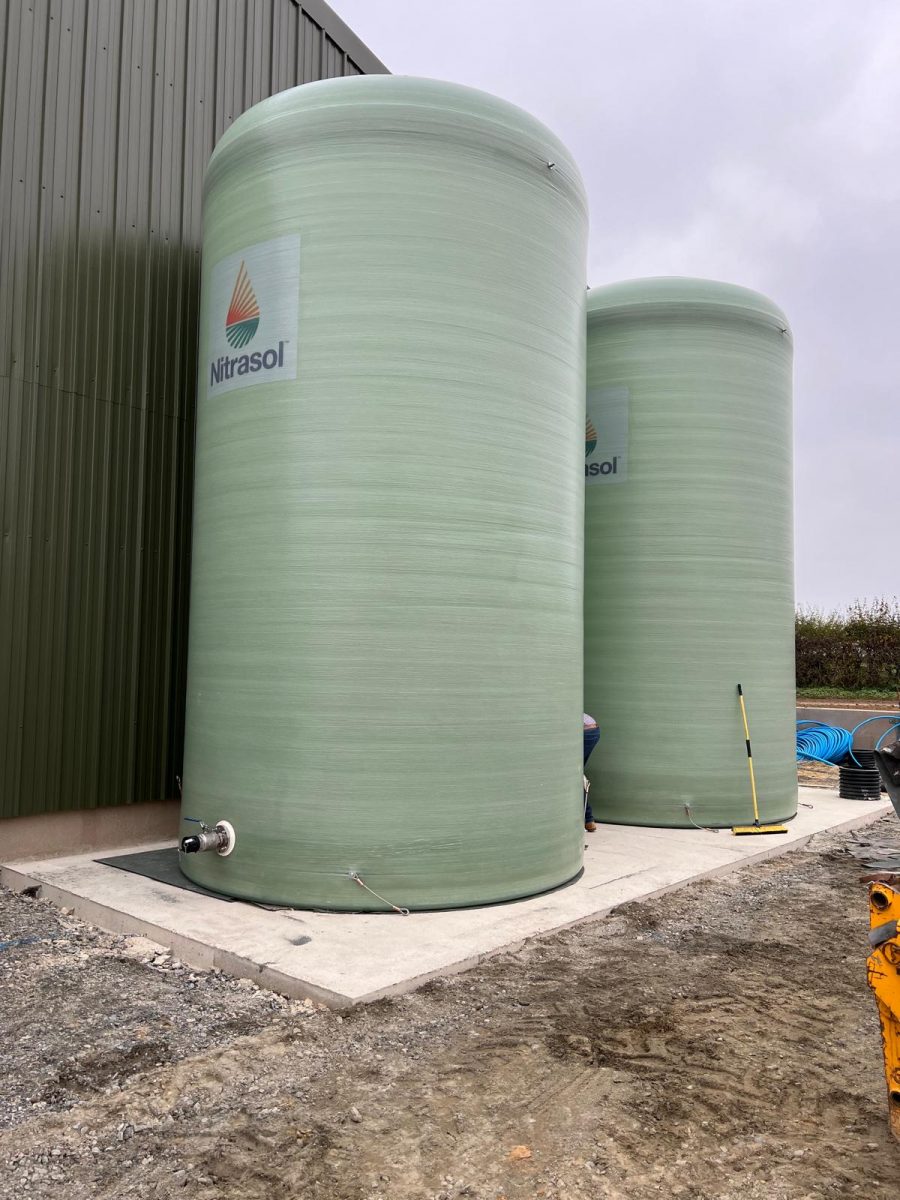Fertilisers are an essential component of modern farming, directly impacting crop yield and soil health. Among the various types available, liquid and solid fertilisers dominate the market due to their effectiveness in providing nutrients. Each type offers unique benefits and challenges, and selecting the right one can make a significant difference in your farming operation. This guide examines the costs, benefits, and applications of liquid versus solid fertilisers in farming, helping you make the best choice for your crops and soil conditions.
What Are Liquid Fertilisers in Farming?
Liquid fertilisers are nutrient solutions applied to crops via irrigation systems, sprayers, or foliar feeding. Farmers use them for their precision and versatility in large-scale agricultural systems.
Advantages of Liquid Fertilisers in Farming
- Fast Nutrient Delivery: Liquid fertilisers are quickly absorbed by crops, making them ideal for addressing nutrient deficiencies.
- Ease of Integration: They can be seamlessly integrated into irrigation systems (fertigation), reducing labour and ensuring uniform application.
- Customisable Formulations: Liquid fertilisers can be tailored to specific crops and growth stages, ensuring optimal nutrient supply.
Challenges of Liquid Fertilisers in Farming
- Higher Costs: Liquid fertilisers are generally more expensive per unit of nutrient compared to solid fertilisers.
- Storage and Handling: Proper tanks and handling protocols are required to prevent spills and degradation.
- Leaching Risk: In sandy or porous soils, nutrients from liquid fertilisers may leach away, reducing their effectiveness.
What Are Solid Fertilisers in Farming?
Solid fertilisers are dry formulations such as granules, pellets, or powders. They are widely used in farming due to their availability and long-lasting effects.
Advantages of Solid Fertilisers in Farming
- Cost-Effective: Solid fertilisers are often more affordable, making them suitable for large-scale operations.
- Extended Nutrient Release: Many solid fertilisers release nutrients slowly, providing consistent support over time.
- Easier Storage: They are more stable and require less specialised equipment for storage compared to liquid fertilisers.
Challenges of Solid Fertilisers in Farming
- Slower Action: Nutrients in solid fertilisers take time to become available to crops, which can delay their effects.
- Application Challenges: Uneven application can result in over-fertilisation in some areas and deficiencies in others.
- Environmental Concerns: Excessive use of solid fertilisers can lead to runoff, impacting water quality in nearby ecosystems.
Key Differences: Liquid Versus Solid Fertilisers in Farming
| Aspect | Liquid Fertiliser | Solid Fertiliser |
|---|---|---|
| Nutrient Absorption Speed | Fast | Slow |
| Application | Via irrigation, sprayers | Manual or mechanical spreaders |
| Cost | Higher | Lower |
| Storage Requirements | Requires tanks or sealed containers | Requires dry storage facilities |
| Best Use Case | Short-term nutrient boosts | Long-term soil fertility support |
Best Uses of Liquid Fertilisers in Farming
- High-Value Crops: Liquid fertilisers are commonly used in the cultivation of fruits, vegetables, and other high-value crops where precision is critical.
- Rapid Growth Phases: During growth spurts, liquid fertilisers can supply immediate nutrients.
- Hydroponic Systems: Liquid fertilisers are indispensable in soilless farming systems.
Best Uses of Solid Fertilisers in Farming
- Broad-Acre Crops: For large-scale crops like wheat, corn, and soybeans, solid fertilisers provide economical and effective nutrient support.
- Pre-Planting Soil Preparation: Solid fertilisers are ideal for enriching soil before planting crops.
- Seasonal Nutrient Supply: Long-term crops benefit from the steady release of nutrients provided by solid fertilisers.
Cost Analysis: Liquid Versus Solid Fertilisers in Farming
Liquid fertilisers tend to have higher upfront costs due to their manufacturing and transportation requirements. However, their efficiency in targeted application and compatibility with advanced farming systems can offset these expenses over time. Solid fertilisers, while more affordable, may require higher labour costs for manual application or specialised equipment like spreaders.
Environmental Considerations in Farming
- Liquid Fertilisers: If over-applied or used in sandy soils, nutrients can leach into water systems, posing a risk to aquatic ecosystems. Using precision equipment can mitigate this risk.
- Solid Fertilisers: Runoff from excessive solid fertiliser use contributes to water pollution. Employing buffer zones and correct dosages minimises environmental impacts.
Which Fertiliser Is Right for Your Farm?
The choice between liquid and solid fertilisers depends on your farming practices, crop type, and operational goals.
Liquid fertilisers are ideal for precision farming, addressing nutrient deficiencies quickly, and integrating with advanced irrigation systems. They work well for crops requiring frequent feeding or those grown in high-value farming setups like hydroponics.
Solid fertilisers are more suitable for large-scale farming, where long-term soil fertility and cost-effectiveness are priorities. They are excellent for pre-season applications and maintaining soil health over time.
Many modern farms use a combination of both to maximise efficiency. For example, solid fertilisers can provide baseline nutrients, while liquid fertilisers address in-season demands.
Liquid Versus Solid Fertiliser – Final Thoughts
Both liquid and solid fertilisers play crucial roles in modern farming, offering distinct advantages for different scenarios. Understanding their costs, benefits, and applications allows you to make informed decisions that improve crop yields and soil health. By adopting the right fertiliser strategy and integrating sustainable practices, farmers can achieve both profitability and environmental stewardship.
Liquid Versus Solid Fertiliser – FAQs
How do liquid fertilisers improve farming efficiency?
Liquid fertilisers integrate seamlessly with irrigation systems, enabling precise, uniform nutrient delivery with minimal labour.
Can solid fertilisers be used with modern farming equipment?
Yes, solid fertilisers are compatible with spreaders and automated applicators, ensuring even distribution over large fields.
Which is better for corn farming: liquid or solid fertilisers?
Both can be used effectively. Liquid fertilisers are great for in-season applications, while solid fertilisers are ideal for pre-planting and soil conditioning.
Are liquid fertilisers sustainable?
Liquid fertilisers can be sustainable when used judiciously with precision agriculture techniques, minimising runoff and waste.
What are the storage requirements for liquid and solid fertilisers?
Liquid fertilisers need sealed tanks to prevent spillage, while solid fertilisers require dry, ventilated storage to prevent clumping or degradation.
Can I mix liquid and solid fertilisers in farming?
Yes, using both types strategically can optimise nutrient delivery, combining the benefits of fast-acting and long-lasting nutrition.
Looking to convert to liquid nitrogen fertiliser?






